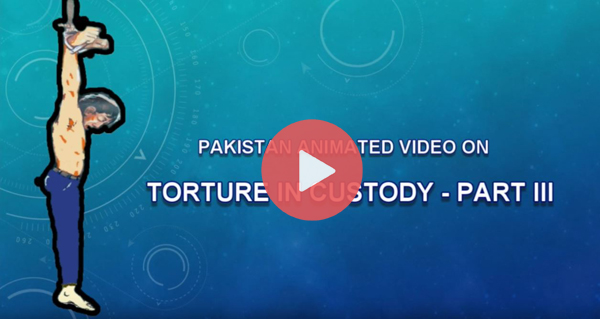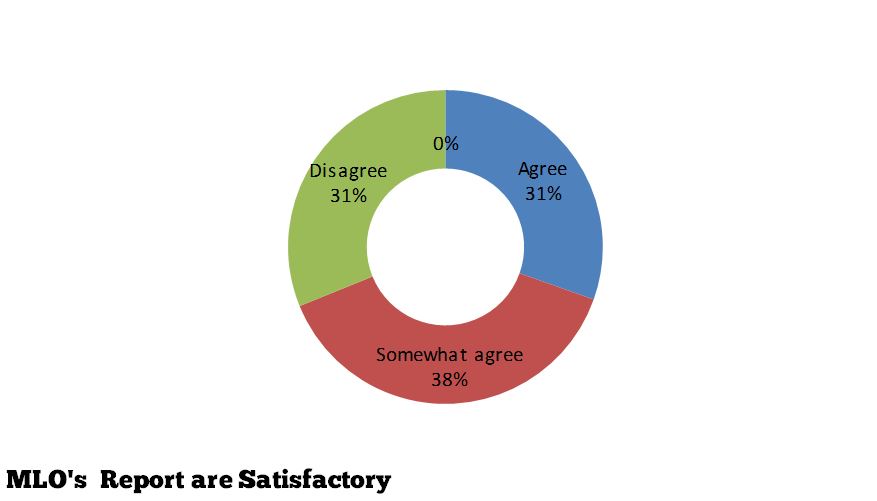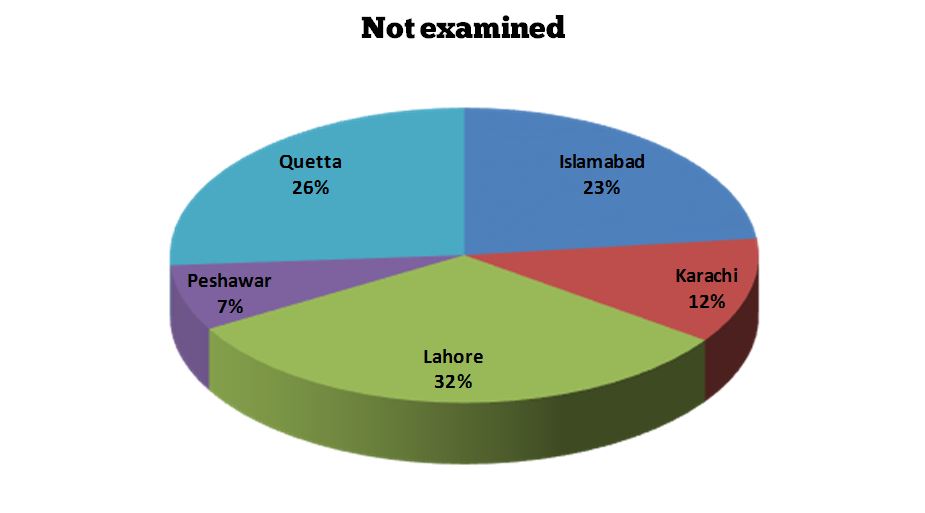Here is the part III of animated video of custodial torture. The AHRC study “Custodial Torture its ramification and failure of institution” found that the common perception amongst the prosecution and defense lawyers was that the Medico Lego Officer–MLO’s reports are faulty. Instead of beginning the investigation with circumstantial evidence, the police generally start their investigation by arresting and extorting confessions from innocent bystanders.
Police officers are encouraged to use techniques that will cause minimum abrasion and maximum impact on the body
Despite worldwide advancement in medical and legal jurisprudence regarding torture, criminal forensics in Pakistan remains rudimentary at best.
For instance, hitting on the soles of the feet, and at an interval of five minutes, will not cause any bruises and the victim will appear not to have been tortured.
Proving torture is also an uphill task for the victim. As there are only five functioning forensics labs in Pakistan, the backlog of cases is thus immense, causing a colossal burden on the Medico-Legal Officer (MLO) to deliver reports that are prepared in a hurry and are inconclusive. The culprit thus gets the benefit of doubt and is free to go.
The corruption in the forensic department also discourages people from seeking justice against torture.
The MLOs demand bribes from the victim, telling them to pay exorbitant amounts if they want the report from them. There is also the common practice of demanding “compensation” to release a body to the family or weaken the other party’s case.
Please click on the image below or here to watch the Animated video ;

Many torture victims surveyed in the AHRC report stated that they were not medically examined after the complaint of torture.
